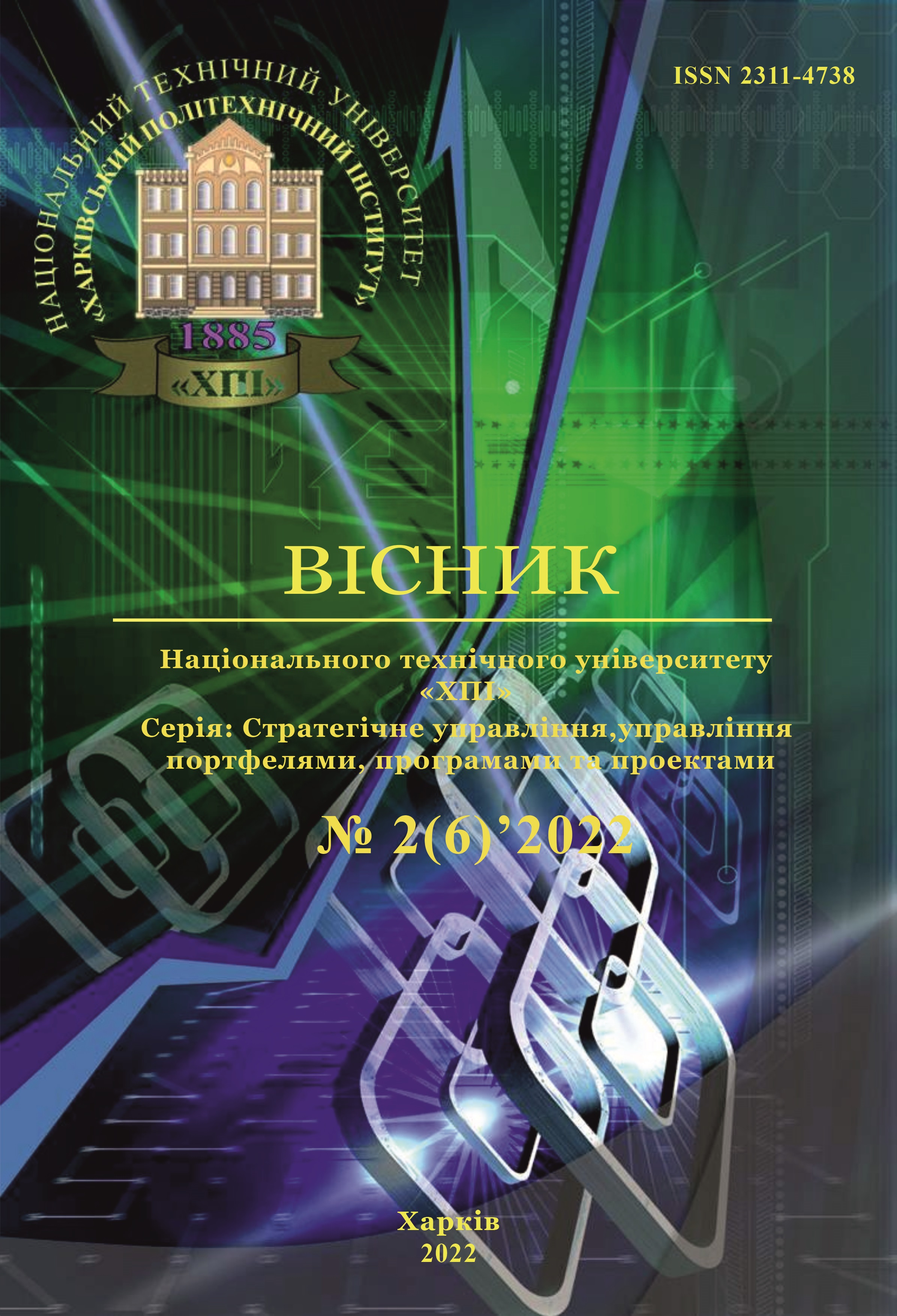STRATEGIC BRAND PORTFOLIO MANAGEMENT
DOI:
https://doi.org/10.20998/2413-3000.2022.6.1Keywords:
brand portfolio; fractal environment; long-range system; fractional differential equation; fractional entropyAbstract
In the past twenty years or so, three approaches to brand portfolio management strategies have emerged. The first approach is marketing. This approach is associated with building a corporate brand portfolio. The goal is to increase diversified cash flows by entering new market segments. The second approach is related to the competitive strategy of the enterprise. A false portfolio of intellectual property applications is being created. Competitors are expected to spend resources in retaliation. The third approach is the formation of a dynamic strategy for investment portfolio management. Due to the complex structure of the modern global financial market, the heterogeneous structure of available financial instruments and traders using different approaches and time horizons, forecasts, as a rule, require a large number of observations, work poorly in the vicinity of bifurcations and do not have a computer model that could build forecasts in real time. In such structures, slow diffusion-type processes with the phenomenon of memory arise, that is, non-Markov processes. Moreover, such structures can have fractal properties. In this work, it seems to us, the first step has been taken to build a "synthetic" model of dynamic asset portfolio management. By analyzing the data available in the scientific literature, a mathematical model of strategic brand portfolio management is proposed. In view of the above, the model has the form of a differential equation in fractional derivatives. In connection with the risk analysis, two models of fractional entropy are also considered - fractional Kolmogorov-Sinai entropy and fractional Shannon entropy.
References
David A. Aaker. Brand Portfolio Management Strategy. M.: Eksmo, 2008. 318 p.
Cumber S. Branding. M.: Publishing House "Williams", 2003.
Dokters R.J., Reopel M.R., Sunn J., Tenny S.M. Branding and Pricing. How to win the race for profit. M.: Vershina, 2005.
Keller KL. Strategic Brand Management: Creation, Evaluation and Management of Brand Capital, 2nd ed. M.: Williams. 2005.
Kapferer J.N. Brand forever: creation, development, value support. M.: Vershina. 2007.
Ostapchyk T.P., Pashchenko O.P. Brand portfolio strategy and brand architecture. Eastern Europe: Economics, Business and Management, No. 1(28), 2021, p.32-36
Kuzmynchuk N.V., Kucenko T.M., Krolevecka U.V. Making a modern business portfolio of brands. Black sea economic studies, 2, 2016, p. 36-39.
Stanislavsky A.A. Probabilistic interpretation of a fractional-order integral // Teor. mat. physical 2004. T. 138. No. 3. S. 491–507.
Machado J.A.T. A Probabilistic interpretation of the Fractional-Order Differentiation // Frac. Calc. Appl. Anal. 2003. V. 6. No. 1. P. 73–80.
Ubriaco M. R. Entropies Based on Fractional Calculus // Phys. Lett. A. 2009. V. 373. P. 2516–2519.
Downloads
Published
Issue
Section
License

This work is licensed under a Creative Commons Attribution-NonCommercial-ShareAlike 4.0 International License.
Our journal abides by the Creative Commons copyright rights and permissions for open access journals.
Authors who publish with this journal agree to the following terms:
Authors hold the copyright without restrictions and grant the journal right of first publication with the work simultaneously licensed under a Creative Commons Attribution-NonCommercial-ShareAlike 4.0 International License (CC BY-NC-SA 4.0) that allows others to share the work with an acknowledgement of the work's authorship and initial publication in this journal.
Authors are able to enter into separate, additional contractual arrangements for the non-commercial and non-exclusive distribution of the journal's published version of the work (e.g., post it to an institutional repository or publish it in a book), with an acknowledgement of its initial publication in this journal.
Authors are permitted and encouraged to post their published work online (e.g., in institutional repositories or on their website) as it can lead to productive exchanges, as well as earlier and greater citation of published work.

